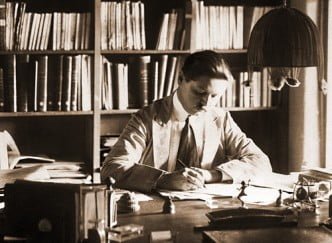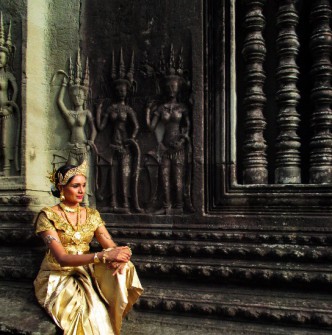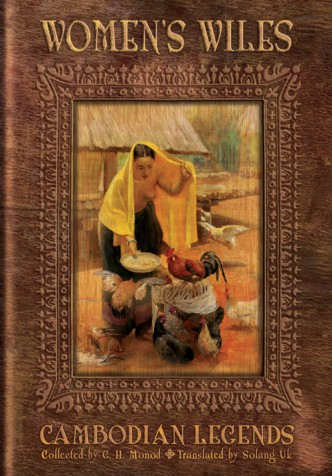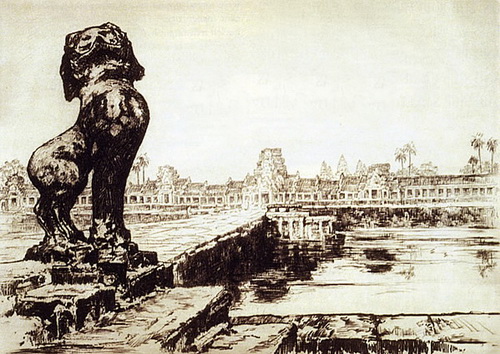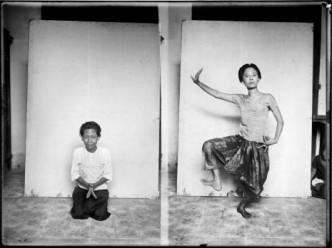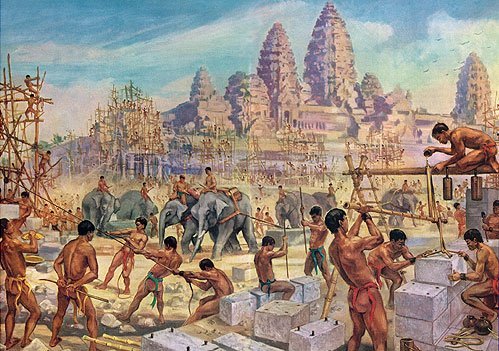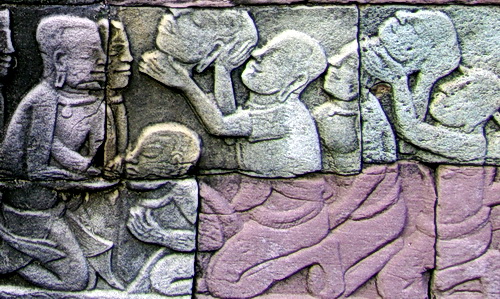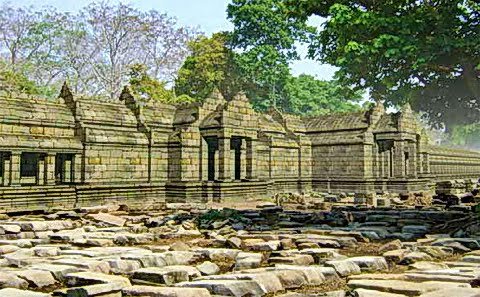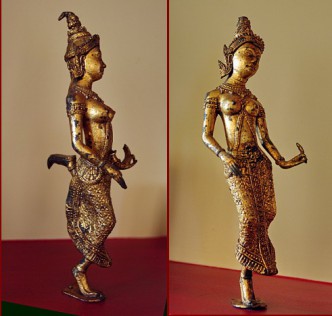
Khmer Crafts-George Groslier and the School of Cambodian Arts-Part 2
In early 20th century Cambodia, George Groslier established the School of Cambodian Arts, teaching students the crafts of modelling, wood-carving, sculpture, bronze-casting, furniture-making, the art of the goldsmith or silversmith, and (for girls) weaving. In 1936, English author Miss H. W. Ponder published “Cambodian Glory,” including a detailed chapter about this unique school titled “The Tree of Knowledge.” This is the second of a four-part series of articles excerpted from her work.

